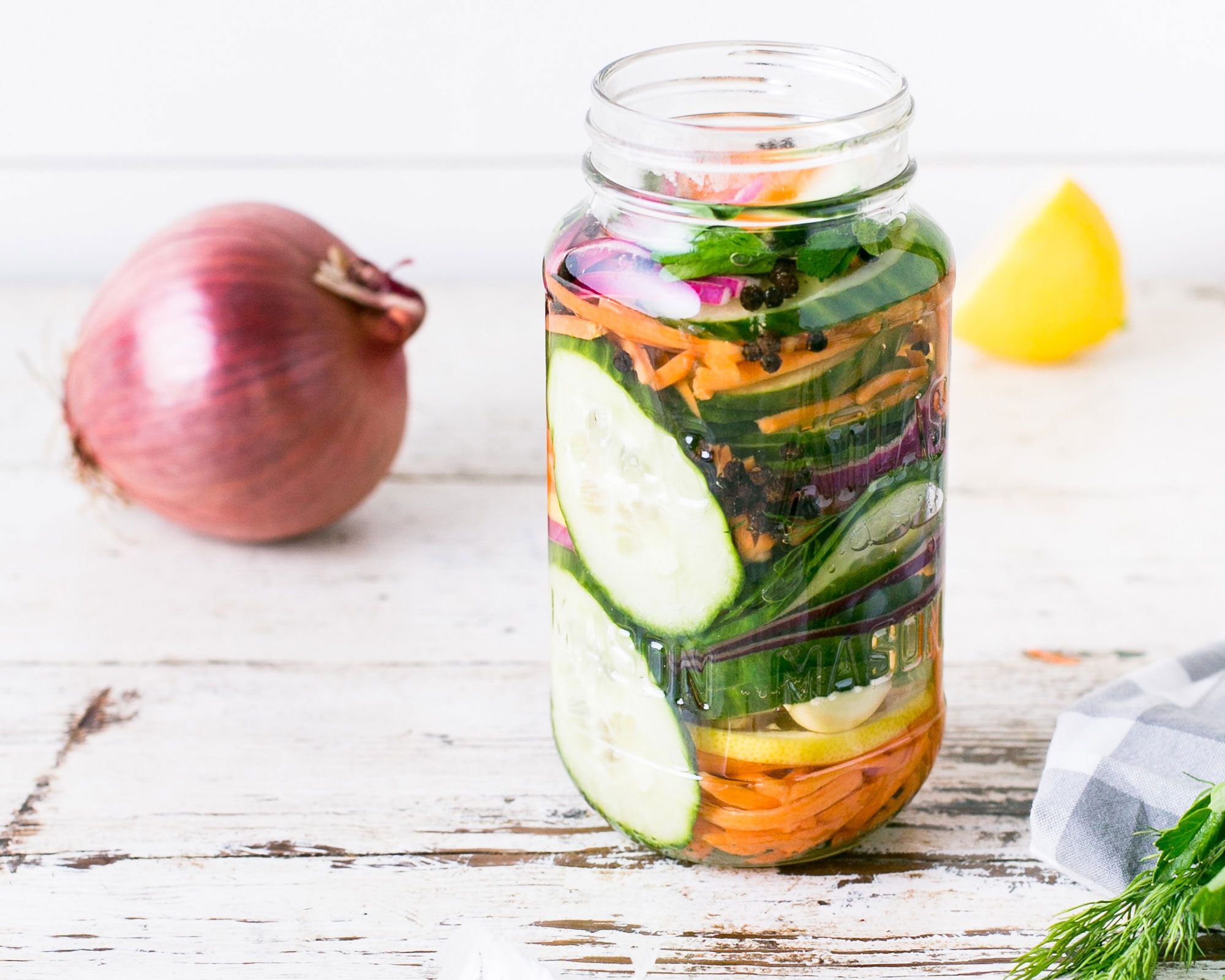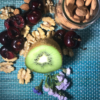 Reading Time: 4 minutes
Reading Time: 4 minutesBy Faye Hall
Part 2
How can you use foods and specific supplements to create a healthy gut and support your overall health and weight loss progress?
Probiotics are everywhere! They are usually bacteria but can also be types of yeast. The World Health Organisation defines probiotics as live microorganisms, which, when administered in adequate amounts, confer a health benefit on the host.
A vastly increasing number of scientific studies are linking consumption of probiotics, to a multitude of positive health outcomes. They are an important aspect of your overall health that we recommend you pay close attention to.
If you are on a weight loss journey and you have less than optimal digestive health, improving the health of your gut microbiome may be beneficial.
An imbalance of healthy and unhealthy microbes in the intestinal tract could lead to weight gain so re-balancing healthy beneficial bacteria, by increasing food sources of probiotics and considering supplementation, to crowd out any overgrowth of unwanted bacteria may have positive benefits.
Probiotics come in many different strains and not all probiotics are the same.
Different strains produce slightly different effects in the body but also in the food they are incorporated in. For example different probiotic bacteria are added to cheese and yoghurt to create different tastes and textures.
Here is an example of how a probiotic is identified:

If you are looking to increase probiotics in your diet using probiotic-fortified foods or you are considering supplementation, consuming a broad range of probiotics strains is good practice and increases microbiome diversity.
Probiotics come in different potencies. The potency of probiotics is measured in colony forming units (CFU). Typical counts for a supplement product may be in the range of 5-100 billion CFUs per serving.
Probiotics are live bacteria so they can also die off and become unviable. Not all the bacteria will remain viable when they arrive at their intended destination in the gut. When supplementing it may therefore be advisable to choose a high strength probiotic, ensure they are kept in the fridge and used before the sell by date.
Fermented Foods & Probiotics
Probiotics can be found in fermented foods. Fermentation is the slow, controlled decomposition of organic substances by microorganisms or enzymes of plant or animal origin. Fermentation converts sugars into acids, alcohols, and carbon dioxide—useful for both health and culinary purposes.
Live probiotic cultures are part of fermented dairy products and other fermented foods such as vegetables (pickled vegetables, kimchi, and sauerkraut) soy products (tempeh and miso), dairy products (yogurt and kefir), and drinks such as kombucha.
To be a probiotic food, fermented foods must retain an adequate level of live microbes that have been shown to have a health benefit. Not all fermented foods reach that bar.
Old concepts behind this latest fashion….
To qualify as a probiotic the micro-organisms in a food must demonstrate their ability to benefit to human health.
One of the first pioneers of probiotics was Elia Mechinoff who believed that toxins in the body produced by bad bacteria, specifically in the colon, contributed to ageing and senility
He proposed that health could be improved by cultivating a healthy gut microbiome. He coined the term intestinal autointoxication, and demonstrated that health could be enhanced by manipulating the intestinal microbiome with host friendly bacteria found in yoghurt.
The idea of consuming probiotic foods and the technique of fermentation has been used since ancient times. All around the world unconnected civilisations independently created their own types of fermented foods which indicates the importance of this process. It’s typical that something we perceive as a current food/nutrition trend often is just simply a case of us re-learning basic nutrition that has taken place for centuries and centuries and been lost in the modern diet.
Why should fermented foods be part of our normal diet?
Some of the potential benefits of consuming probiotic containing fermented foods are:
- Enhancement of nutrients
- Fermentation preserves food and therefore may help maintain nutrient content for longer
- Removal of anti-nutrients
- Inhibition of food-borne pathogens
- Delivery of probiotic bacteria
- Encourage nutrient absorption
- Involved in production of nutrients such as B12, B6 Vitamin K Biotin
- Aid digestion
- Increases diversity
- Regulation of blood sugar levels and appetite slowing the release of insulin and less fat storage
- Brain health and mood stability
Fermenting can be done at home and is an easy skill to learn, keep watching this blog for Sarah’s guidance and recipes coming in part 3. Fermented foods can also be shop bought look for ‘contains living organising’ or ‘fermented naturally’.
Top Tips When Incorporating Fermented Foods
When you start to incorporate fermented foods start very slowly, just small amounts each day as bloating and gas may occur temporarily as you body adjusts to the new beneficial bacteria.
Fermented foods do contain some histamine (explain histamine) so if you have a history of allergies, asthma or hay fever for example you may want to begin even more gradually.
As well as eating fermented foods you can improve your microbiome by:
- Eating foods that contain prebiotics (fiber helps probiotics to proliferate), such as apples, artichokes, asparagus, garlic, onions, leeks, flaxseeds, cocoa and oats.
- Eater a diverse plant filled diet.
- Reduce sugars, refined foods and artificial sweeteners.
- Be calm, stress induces inhibition of the upper digestive tract
Maintaining a healthy gut provides significant benefits to overall health and ability to manage weight.
References:
Segers, M. E., & Lebeer, S. 2014. Towards a better understanding of Lactobacillus rhamnosus GG–host interactions. Microbial cell factories, 13 Suppl 1(Suppl 1), S7. doi:10.1186/1475-2859-13-S1-S7







